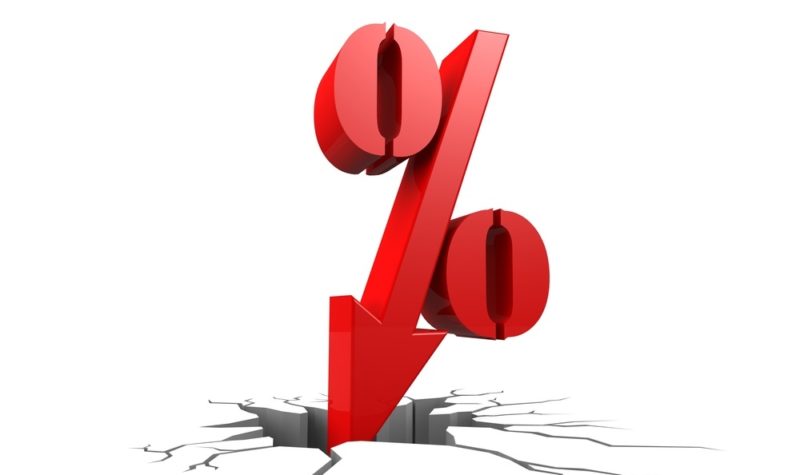Savers: It’s time to fight back against low interest rates

Savers should brace themselves for more pain as the Bank of England’s latest interest rate cut filters through the system and inflation begins to creep higher.
The Bank of England cut its base rate in half in August, from 0.5% to 0.25%, and expanded its Quantitative Easing (QE) programme by £60 billion to £435 billion. In addition, BoE Governor Mark Carney warned that banks had “no excuse” not to pass the lower borrowing costs on to customers.
This is all very well and good if you’re someone with a lot of debt. But if you’ve been doing the right thing by saving for retirement – or even just a rainy day – then it really is a kick in the teeth. Savers have already had to endure years of meagre returns, with the only silver lining being that inflation has remained relatively subdued in recent years.
But there are signs that this “financial repression” could get even worse.
Minutes from the MPC’s meeting revealed that if economic news proved consistent with the Bank’s latest forecasts then “a majority of members” expected to support a further interest rate cut, potentially taking official borrowing costs as low as 0.1%. And although Governor Carney is said to be strongly opposed to negative interest rates, negative rates are already a reality in much of Europe and Japan.
Savers feel the pinch
Savers are already beginning to feel the latest rate cut bite. Santander has informed customers that the interest rate on its popular 123 account will fall from 3% to 1.5% from November. This is a heavy blow for savers who had been making use of the 123 account’s generous rate on balances of up to £20,000 as an alternative to a traditional cash ISA savings account. Other high street banks are expected to follow suit.
But as well as lower interest rates, it looks likely that savers will have to contend with higher inflation in future.
The economic fallout from the financial crisis and, more recently, the collapse in commodity prices in 2015 held down inflation temporarily. But commodity prices have begun to recover and the government looks set to turn the spending taps back on now that central bankers seem to be on the verge of exhausting their arsenal.
The Consumer Price Index (CPI) in the United Kingdom averaged 2.60 percent from 1989 until 2016 (source: ONS) – a full two percentage points higher than its current level of 0.6 percent. In a historical context, inflation is historically low. Should it revert to its mean average, the consequences for savers could be dire.
As inflation rises well above the rate of returns on cash, savers can expect to see the real value of their capital decline over time. That is, unless they do something about it…
There has never been a better time to take control of your financial future
Those who’ve worked hard, done the right thing and saved for the future can sit back and let the real value of their savings get eaten away by the actions of government and central bankers. OR they can take control of their finances and become investors. At Master Investor we’re all about empowering investors with the information they need to make better investment decisions.
Master Investor Magazine, the UK’s leading FREE investment publication, keeps you up to date with all the latest big themes that are shaping the world of investment, from cyber-security and robotics to virtual reality and biotech – we’ve got it covered.
In this month’s magazine, we talked about the prospect of a shift away from monetary policy and back towards fiscal policy as a means for policymakers to kick-start inflation and economic growth. Next month’s issue will focus on how investors can protect their portfolios from higher levels of inflation.
So what are you waiting for? Sign up to our newsletter to ensure you never miss an issue of Master Investor Magazine. Your investment journey starts HERE…
Comments (0)